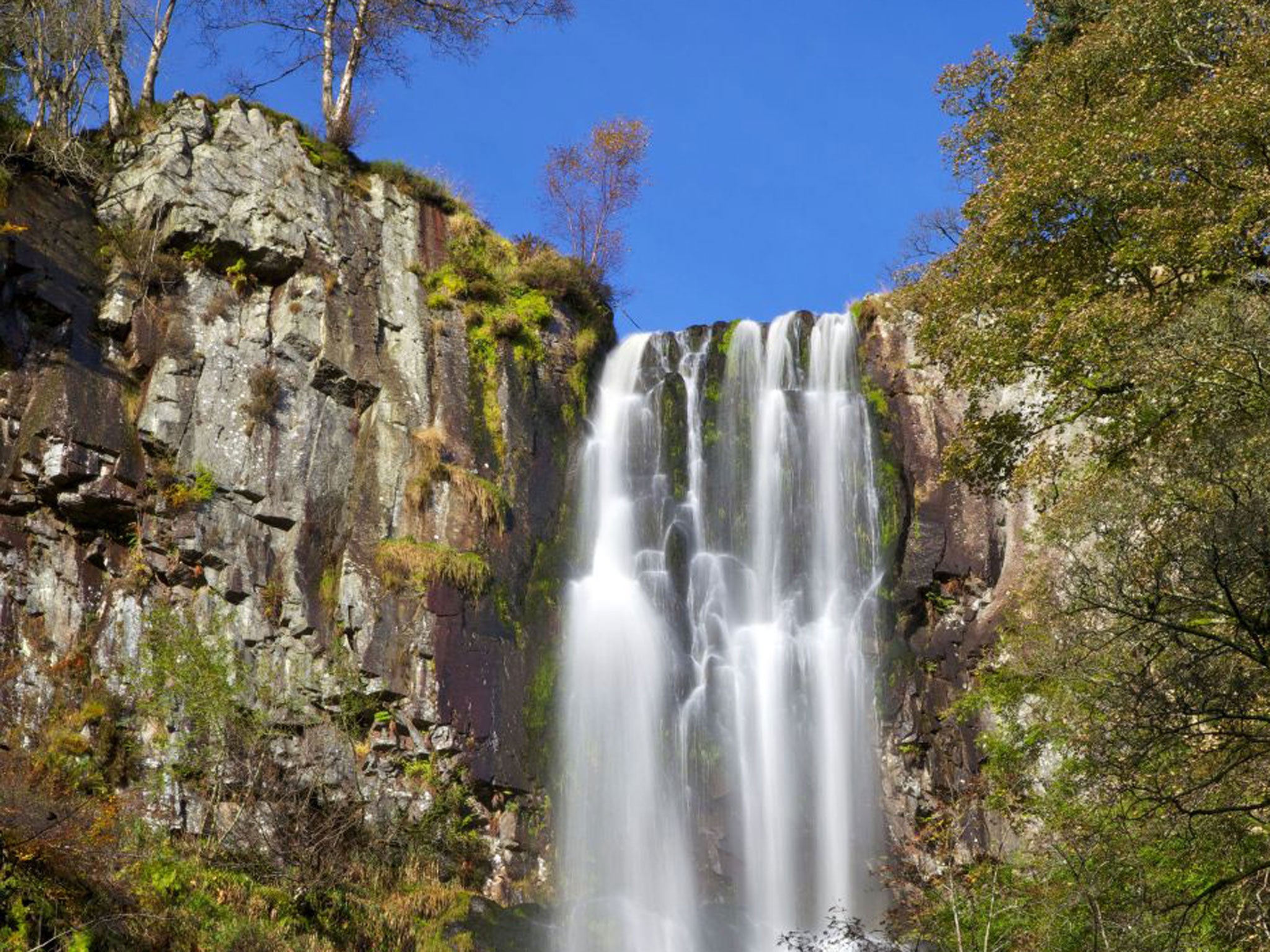For a glimpse of The Sublime, see a British waterfall this Easter
I sometimes wonder why we pay so little attention to what sooner or later some landscape bureaucrat is going to call “our waterfall resource”

As tomorrow is March the first, and thank the Lord and all that’s holy, the first day of spring (at least in Met Office terms – in astronomical terms you’ll have to wait another three weeks for the vernal equinox), there are a number of aspects of the natural world which we can now keenly anticipate.
I could mention wheatears, the first migrant birds to return, the epitome of bounce, bouncing around the uplands, or brimstones, butterflies so brilliant yellow they seem a detached piece of sunlight, or celandines, the pioneer wild flowers, lighting the way in the dark grass for everything else to follow, all of them highlights of March – but I won’t. I’m going to talk about waterfalls.
I sometimes wonder why we pay so little attention to what sooner or later some landscape bureaucrat is going to call “our waterfall resource”. I suppose it’s because it’s fairly sparse: waterfalls are something we don’t have an awful lot of in Britain, like revolutions, or Baroque architecture. But we do have enough, at least in the north and the west, for them to be reasonably accessible, and March is generally the best month to see them, as snowmelt has swollen the upland rivers where they are usually found.
I defy anyone not to be stirred by a waterfall, seen close up. The Romantic movement had a premise to explain why we were so moved: the theory of The Sublime, the idea that aspects of nature which exhibited terrifying wildness, force or scale awed us, and so appealed to us, more than any others. Few people other than literary scholars speak of The Sublime these days – do you mention it down the pub? – but it remains the case that even now, there is something primally exciting about large volumes of tumbling water. Can you disagree?
I personally find waterfalls among the highlights of the landscape. I have known two British ones closely, the first being Pistyll Rhaeadr, which is in the Berwyn Mountains of North Wales. (Quick digression: the Berwyns are inspiring. Mass tourism shoots past them on the way to Snowdonia, so the great upland plateau, which rises to more than 2,500ft, feels like a true wilderness. It is cut by two lovely valleys, of the rivers Ceiriog and Tanat, and on an isolated tributary of the Tanat is Sycarth, site of the home of Owain Glyndwr, the last independent Prince of Wales – one of the most hidden and atmospheric corners of the kingdom.)
Pistyll Rhaeadr is at the top of the valley of another tributary of the Tanat, called the Rhaeadr; it is a spectacular 240ft high, which makes it higher than Niagara. It is a glorious place, and seems far too imposing for Britain. The other waterfall I have known well is much more intimate – Aira Force, on the banks of Ullswater, which plummets down through its woods making rainbows as it goes; the point where its stream enters the lake is thought to be where Wordsworth saw his daffodils (that time when he was wandering lonely as a cloud).
But, of course, there are far more than these two, and this month, Walk magazine, the journal of The Ramblers, the walking charity, has produced a fascinating guide to 10 of the best. It includes Pistyll Rhaeadr (though not Aira Force) and also looks at some quite spectacular falls, such as Gaping Gill, inside its 300ft deep limestone cavern in Yorkshire, the Fairy Pools on Skye, and High Force on the Tees in County Durham.
All will probably be at their best in the coming month, with spuming cascades. You could do worse than make a trip to a British waterfall the object of your Easter holiday. You’ll enter into some of our most transfixing landscapes. You’ll be primally excited. And you may even be able to come back to your local pub and accost the landlord with a wholly unaccustomed question: “’Ere Reg – what d’you think about The Sublime, then?”
Join our commenting forum
Join thought-provoking conversations, follow other Independent readers and see their replies
Comments